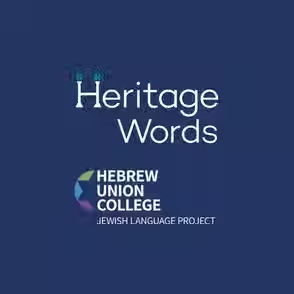top of page
Learning
Dive deeper into learning about the diversity of languages spoken by Jewish communities around the world through these resources for all ages. Want to share this knowledge with students or campers? Check out our curricula. Interested in revitalizing your own heritage language? Check out the Heirloom Initiative. Curious how to qualify a distinct Jewish language? Check out our frequently asked questions.
Choose your own adventure learning through maps, games, fun facts, stats, and more!

bottom of page













